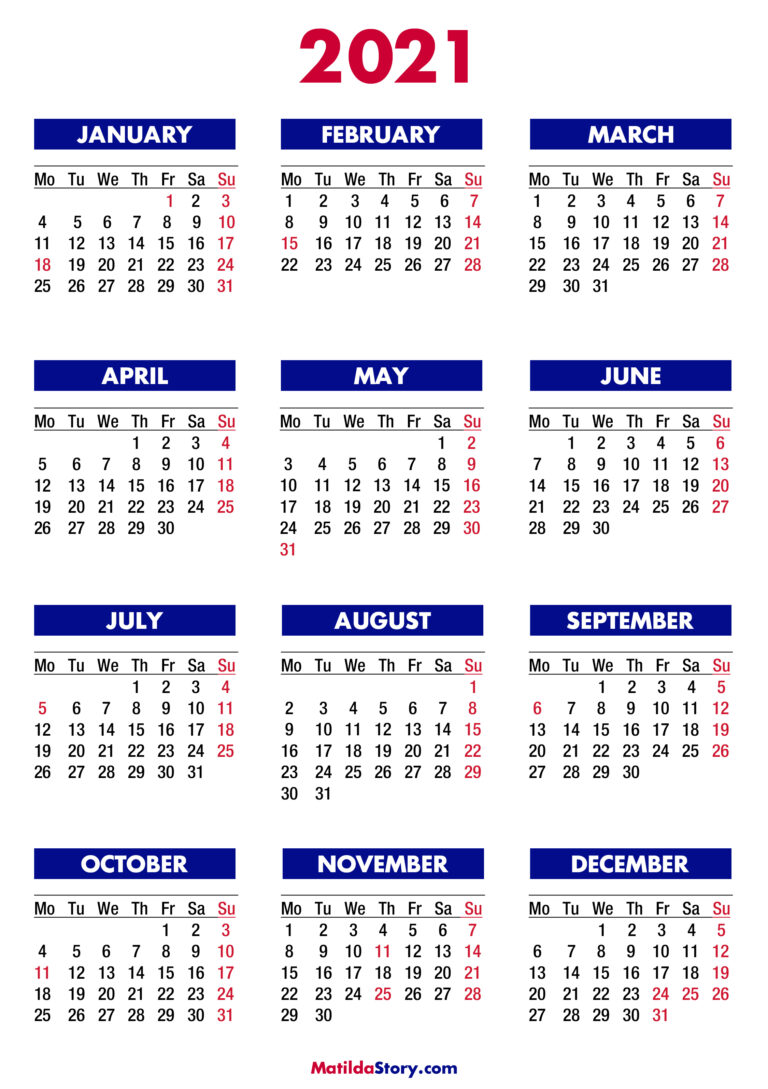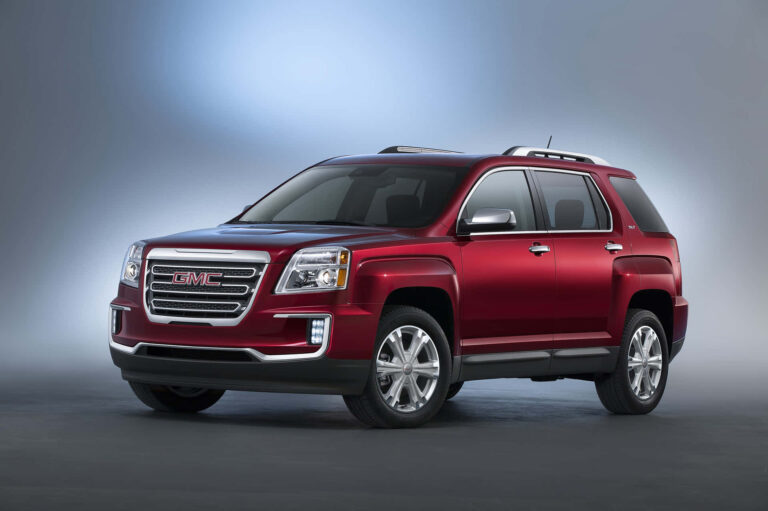Best Selling Luxury Car Brands 2017: A Deep Dive into Automotive Excellence
Best Selling Luxury Car Brands 2017: A Deep Dive into Automotive Excellence cars.truckstrend.com
The year 2017 was a fascinating period for the global automotive industry, particularly within the luxury segment. It marked a time of robust growth, significant technological advancements, and intense competition among the world’s most prestigious car manufacturers. Understanding the best-selling luxury car brands of 2017 isn’t merely about listing numbers; it’s about gaining insight into consumer preferences, market dynamics, and the strategic prowess of companies that define automotive opulence and performance.
This comprehensive article will explore the landscape of the luxury car market in 2017, highlighting the brands that dominated sales charts and the factors that propelled their success. From the evolving tastes of affluent buyers to the relentless pursuit of innovation, we’ll dissect what made these brands stand out in a highly competitive arena. For anyone interested in automotive trends, market leadership, or simply the allure of high-end vehicles, delving into 2017’s top sellers offers a valuable snapshot of a vibrant industry at its peak.
Best Selling Luxury Car Brands 2017: A Deep Dive into Automotive Excellence
The Landscape of Luxury in 2017: Key Market Trends
Before we unveil the top performers, it’s crucial to understand the economic and social backdrop against which these sales figures were achieved. 2017 was largely characterized by a stable global economy, particularly strong growth in key markets like China and the United States, which are significant consumers of luxury goods. This economic stability provided a fertile ground for discretionary spending, including on high-value items like luxury automobiles.
Several overarching trends significantly influenced the luxury car market:
- The SUV/Crossover Boom: This was arguably the most impactful trend. Luxury buyers increasingly gravitated towards SUVs and crossovers for their commanding driving position, versatility, space, and perceived safety. Brands that quickly adapted their lineups to offer compelling luxury SUV options reaped significant rewards.
- Technological Arms Race: 2017 saw an acceleration in the integration of advanced technologies. This included sophisticated infotainment systems, enhanced driver-assistance systems (ADAS) like adaptive cruise control and lane-keeping assist, and early forays into semi-autonomous driving features. Connectivity, in particular, became a major selling point.
- Electrification on the Horizon: While not yet mainstream for luxury brands in 2017, the seeds of electrification were being sown. Hybrid options were becoming more common, and manufacturers were heavily investing in R&D for future electric vehicle (EV) platforms, signaling a shift in industry priorities.
- Personalization and Experience: Luxury wasn’t just about the car itself; it was about the entire ownership experience. Brands focused on bespoke options, exclusive events, and unparalleled customer service to foster deeper connections with their clientele.
- Design as a Differentiator: With increasing competition, distinctive and appealing design became even more critical. Brands invested heavily in design language that conveyed prestige, athleticism, or understated elegance, depending on their brand identity.

These trends shaped consumer expectations and forced luxury brands to innovate constantly, ensuring their offerings remained desirable and cutting-edge.
Top Contenders: The Best-Selling Luxury Brands of 2017
In 2017, the luxury automotive landscape was dominated by a familiar trio, often referred to as the "German Premium Three." These brands consistently vied for the top spot, showcasing their global reach, diverse product portfolios, and unwavering brand loyalty.

1. Mercedes-Benz
Mercedes-Benz emerged as the global leader in luxury car sales for 2017, extending its lead over rivals. The brand sold an impressive approximately 2.29 million passenger vehicles worldwide, marking its best sales year ever.
- Key to Success: Mercedes-Benz’s success was multi-faceted. Its revitalized design language, particularly evident in models like the E-Class and C-Class, resonated strongly with buyers. The brand also benefited from a robust SUV lineup, including the popular GLC and GLE models, which perfectly tapped into the market’s shift towards crossovers. Aggressive marketing, a strong presence in the crucial Chinese market, and a reputation for combining luxury with advanced technology (like the MBUX infotainment system, though introduced slightly later, the groundwork was laid) solidified its position.
- Driving Models: The C-Class and E-Class sedans remained pillars of its sales, but the GLC SUV was a significant growth driver, appealing to a broader, often younger, demographic.

2. BMW
BMW held its strong second position, delivering around 2.09 million vehicles globally under the BMW brand. While slightly behind Mercedes-Benz, BMW’s performance underscored its consistent appeal and powerful brand image.
- Key to Success: BMW’s enduring "Ultimate Driving Machine" ethos continued to attract performance-oriented buyers. The brand maintained a strong focus on driving dynamics, precision engineering, and innovative technology. Like Mercedes, BMW benefited from a strong SUV portfolio, particularly the X1, X3, and X5 models, which saw healthy demand. Their strong sedan lineup, including the iconic 3 Series and 5 Series, continued to be top sellers.
- Driving Models: The 3 Series and 5 Series sedans were perennial bestsellers, complemented by the growing popularity of the X-series SUVs.
3. Audi
Audi secured the third spot among the German giants, selling approximately 1.88 million vehicles worldwide. Despite facing some internal challenges and a slightly slower growth rate compared to its rivals, Audi maintained its strong global presence.
- Key to Success: Audi’s success in 2017 was largely due to its distinctive, modern design language, its pioneering quattro all-wheel-drive system, and its reputation for sophisticated interior design and cutting-edge technology. The brand’s focus on digital integration and high-quality finishes resonated with luxury buyers. Its strong performance in China was also a significant contributor.
- Driving Models: The A4 and A6 sedans remained core to its sales, while the Q5 and Q7 SUVs were crucial in capturing market share in the booming SUV segment.
Other Significant Players
While the "German Three" dominated, other luxury brands made significant contributions to the market and posted strong sales figures:
- Lexus: Toyota’s luxury arm, Lexus, sold around 650,000 vehicles globally. Known for its exceptional reliability, refined comfort, and strong hybrid offerings, Lexus continued to be a formidable contender, particularly in North America. The RX SUV was its bestseller.
- Volvo: Volvo experienced a period of remarkable resurgence in 2017, selling over 570,000 vehicles. Under Geely’s ownership, Volvo’s focus on safety, Scandinavian design, and a refreshed product lineup (especially the XC90 and XC60 SUVs) propelled its growth.
- Land Rover: Part of Jaguar Land Rover, Land Rover sold approximately 460,000 vehicles, capitalizing on its heritage of rugged luxury and off-road capability, particularly with models like the Range Rover Sport and Discovery.
- Porsche: While smaller in volume, Porsche achieved record sales of over 246,000 vehicles, driven by the immense popularity of its Macan and Cayenne SUVs, proving that even a sports car brand could thrive in the SUV segment without compromising its core identity.
Factors Driving Luxury Car Sales in 2017
The success of these brands was not accidental; it was the result of strategic planning and execution across multiple fronts:
- Brand Prestige and Heritage: Decades of building a reputation for excellence, innovation, and status provided a solid foundation. Buyers were investing not just in a car, but in a legacy.
- Innovation and Technology: As mentioned, advanced infotainment, connectivity features, and safety systems were non-negotiable. Brands that offered intuitive and cutting-edge tech had a distinct advantage.
- Design and Aesthetics: The visual appeal of a luxury car is paramount. Sleek lines, elegant interiors, and distinctive brand styling played a huge role in attracting discerning buyers.
- Performance and Driving Dynamics: Even with the rise of SUVs, the expectation of superior performance, refined handling, and powerful engines remained a core tenet of luxury.
- Customer Experience and Service: Beyond the sale, the luxury car ownership experience includes premium dealership environments, personalized service, and comprehensive after-sales support, all of which foster loyalty.
- Market Diversification and Expansion: Tapping into rapidly growing markets like China was critical. Brands also diversified their product lines to include entry-level luxury models and a wider array of SUVs to capture new segments of buyers.
Navigating the Luxury Market: Considerations for Buyers
For those considering a luxury vehicle, whether from 2017 or a newer model, understanding sales figures provides context but should not be the sole determinant. Here’s practical advice:
- Define Your Priorities: Are you seeking ultimate comfort, exhilarating performance, cutting-edge technology, or family versatility? Each brand and model excels in different areas.
- Test Drive Extensively: Sales figures reflect popularity, but personal fit is crucial. Drive several models from different brands to feel the differences in driving dynamics, interior comfort, and user interface.
- Consider Total Cost of Ownership: Luxury cars often come with higher maintenance costs, insurance premiums, and sometimes faster depreciation. Research these aspects thoroughly.
- New vs. Certified Pre-Owned (CPO): A CPO luxury vehicle from 2017 can offer significant savings while still providing a warranty and rigorous inspection. This is an excellent way to access premium features at a more accessible price point.
- Resale Value: Some brands and models hold their value better than others. Researching historical depreciation trends can be insightful.
Table: Best Selling Luxury Car Brands 2017 Overview
| Rank | Brand | 2017 Global Sales Volume (Approx.) | Key Contributing Models (2017) | Typical Price Range (2017 MSRP, US$) | Key Strengths (2017) |
|---|---|---|---|---|---|
| 1 | Mercedes-Benz | 2.29 million | C-Class, E-Class, GLC, GLE | $40,000 – $150,000+ | Design, Tech, Broad SUV Lineup, Global Presence |
| 2 | BMW | 2.09 million | 3 Series, 5 Series, X1, X3, X5 | $35,000 – $140,000+ | Driving Dynamics, Performance, Strong Sedans & SUVs |
| 3 | Audi | 1.88 million | A4, A6, Q5, Q7 | $35,000 – $120,000+ | Interior Design, Quattro AWD, Digital Integration |
| 4 | Lexus | 650,000 | RX, ES, NX | $35,000 – $100,000+ | Reliability, Refinement, Hybrid Options, Customer Service |
| 5 | Volvo | 570,000 | XC60, XC90, S90 | $30,000 – $80,000+ | Safety, Scandinavian Design, SUV Focus, Resurgence |
| 6 | Land Rover | 460,000 | Range Rover Sport, Discovery, Evoque | $40,000 – $120,000+ | Off-road Capability, Rugged Luxury, Distinctive Styling |
| 7 | Porsche | 246,000 | Macan, Cayenne, 911 | $55,000 – $200,000+ | Performance, Brand Prestige, SUV Integration |
Note: Sales figures are approximate global passenger vehicle sales for the brand and may vary slightly depending on reporting methodology. Price ranges are general MSRP estimates for key models in 2017 and can vary widely based on trim, options, and region.
Frequently Asked Questions (FAQ)
Q1: Which brand sold the most luxury cars in 2017?
A1: Mercedes-Benz was the best-selling luxury car brand globally in 2017, followed closely by BMW and Audi.
Q2: Why were German brands so dominant in 2017?
A2: German brands (Mercedes-Benz, BMW, Audi) benefited from a long-standing reputation for engineering excellence, performance, and luxury. They also successfully adapted to market trends, particularly the demand for SUVs, and had strong distribution networks in key global markets like China and the U.S.
Q3: Did SUVs impact luxury sales in 2017?
A3: Absolutely. The increasing popularity of luxury SUVs and crossovers was a major driver of sales in 2017. Brands with strong SUV lineups, such as Mercedes-Benz (GLC, GLE), BMW (X-series), and Audi (Q-series), saw significant growth. Even traditional sports car brands like Porsche capitalized on this trend with models like the Macan and Cayenne.
Q4: What defines a "luxury car" in terms of sales figures?
A4: While there’s no single official definition, "luxury car" brands typically offer vehicles with superior performance, advanced technology, premium materials, sophisticated design, and a higher price point compared to mainstream brands. Sales figures for luxury brands reflect demand within this premium segment.
Q5: How accurate are these sales figures?
A5: The sales figures provided are based on publicly available data and company reports for global passenger vehicle sales for the respective brands in 2017. While generally accurate, minor variations might exist across different reporting agencies or if specific vehicle categories (e.g., commercial vans, motorcycles) are included or excluded in some reports.
Q6: What should I consider if I’m looking to buy a used luxury car from 2017?
A6: When considering a used 2017 luxury car, focus on maintenance history, mileage, overall condition, and any remaining warranty. Research common issues for the specific model and brand. Also, factor in potential higher costs for parts, service, and insurance compared to non-luxury vehicles. Certified Pre-Owned (CPO) programs often offer added peace of mind.
Concluding Summary
The year 2017 was a testament to the dynamic and competitive nature of the luxury automotive market. Mercedes-Benz, BMW, and Audi firmly established their dominance, leveraging their heritage, technological prowess, and adaptive strategies to meet evolving consumer demands, particularly the surging popularity of luxury SUVs. Brands like Lexus, Volvo, Land Rover, and Porsche also demonstrated significant strength, each carving out their niche with distinct offerings.
Understanding the best-selling luxury car brands of 2017 provides invaluable insights into the industry’s health, consumer preferences, and the strategic imperatives that drive success in the high-end segment. It underscores that while performance and prestige remain core, innovation, design, and a keen eye on market trends are equally vital for maintaining leadership in the ever-evolving world of automotive luxury. The trends observed in 2017, especially the shift towards SUVs and increasing technological integration, laid crucial groundwork for the luxury car market as we know it today.





